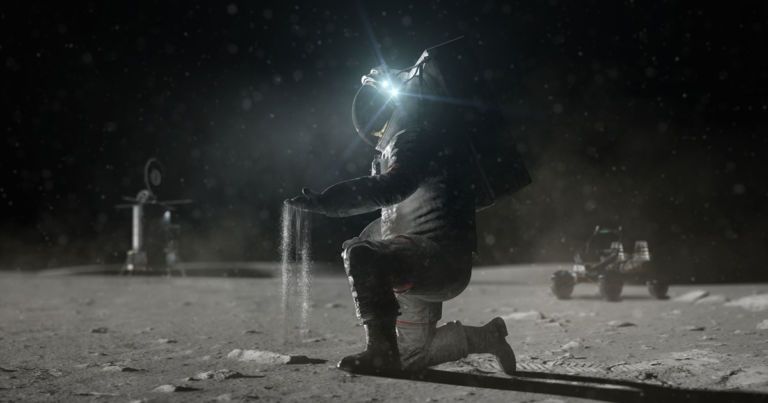Cancer Research UK scientists have invented a new experimental drug that aims to harness the full power of the body’s own immune system, launching a two-pronged response against cancer, according to a study published in Nature Cancer today.
In the study, partly funded by Cancer Research UK, the new immunotherapy drug, which targets suppressive ‘regulatory’ immune cells inside a tumor, significantly improved long-term survival in animal models even when used without other drugs.
If this, and larger follow-up trials, are successful, it could lead to a new immunotherapy treatment for people with high numbers of a certain type of immune cell that are found in cancers including melanoma, some lung cancers and head and neck cancer.The drug is now being developed in early phase clinical trials to determine its safety in people with advanced cancer.






